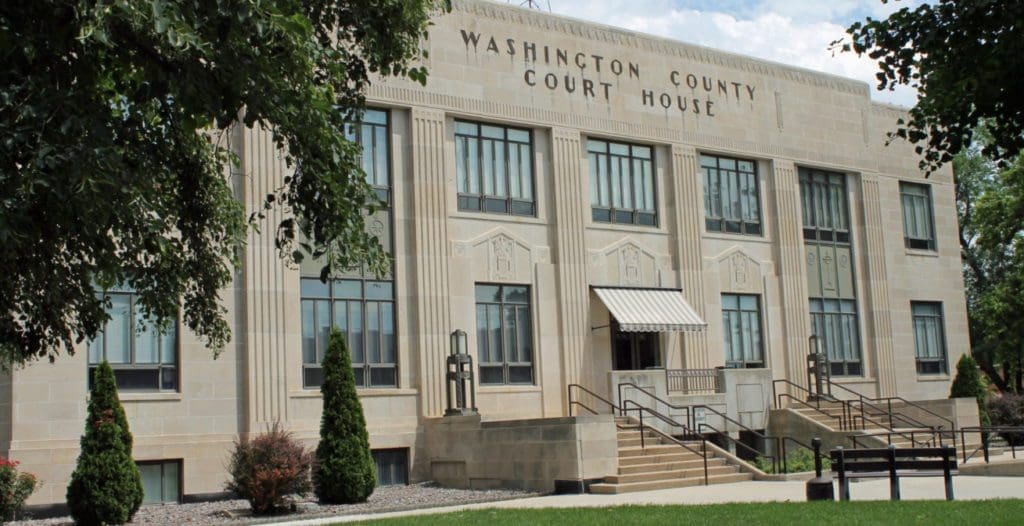Local Emergency Operations Plan (LEOP)
The State requires our LEOP to be updated every 5 years and last year was a revision year. This plan is a living document that outlines how we intend to respond to emergencies and disasters. The LEOP is designed off the National Response Framework and planning standards set forth by FEMA and KDEM respectively. There had been previous work completed on the LEOP prior to 2020.
The plan contains fifteen Emergency Support Functions:
- ESF #1: Transportation
- ESF #2: Communication
- ESF #3: Public Works and Engineering
- ESF #4: Firefighting
- ESF #5: Information and Planning
- ESF #6: Mass Care, Emergency Assistance, Temporary Housing, and Human Services
- ESF #7: Logistics
- ESF #8: Public Health and Medical Services
- ESF #9: Search and Rescue
- ESF #10: Oil and Hazardous Materials Response
- ESF #11: Agriculture and Natural Resources Annex
- ESF #12: Energy
- ESF #13: Public Safety and Security
- ESF #14: Long-Term Community Recovery
- ESF #15: External Affairs
To facilitate the review and update process, Emergency Management attended several LEOP workshops.
The workshops were intended to re-engage key stakeholders, and provide education on the importance of the LEOP and discuss next steps. Once the workshops were complete, collaboration took place with over the involved agencies, to review and update their portion of the plan. The coordination involved in facilitating updates to our Local Emergency Response Plan is a foundational road Emergency Management plays in preparing the County for emergencies and disasters.
Hazard Mitigation Plan
Hazard mitigation planning reduces loss of life and property by minimizing the impact of disasters. It begins with local governments identifying natural and man-made disaster risks and vulnerabilities that are common in their area. After identifying these risks, long-term strategies are developed for protecting people and property from similar events. Mitigation plans are key to breaking the cycle of reconstruction from repeat impacts of disasters. Washington County participates in a regionally produced hazard mitigation plan. Creating this plan requires detailed conversations with each city and local jurisdiction in our county. Once all the identified hazards are listed, the plan is sent to FEMA for approval. After the plan is approved, it must be adopted by each participating jurisdiction. Hazard Mitigation Grant Funding cannot be applied for without a current adopted plan.
Emergency Management met with, communicated, scheduled and ensured each city council and jurisdiction had a signed resolution adopting the plan.

